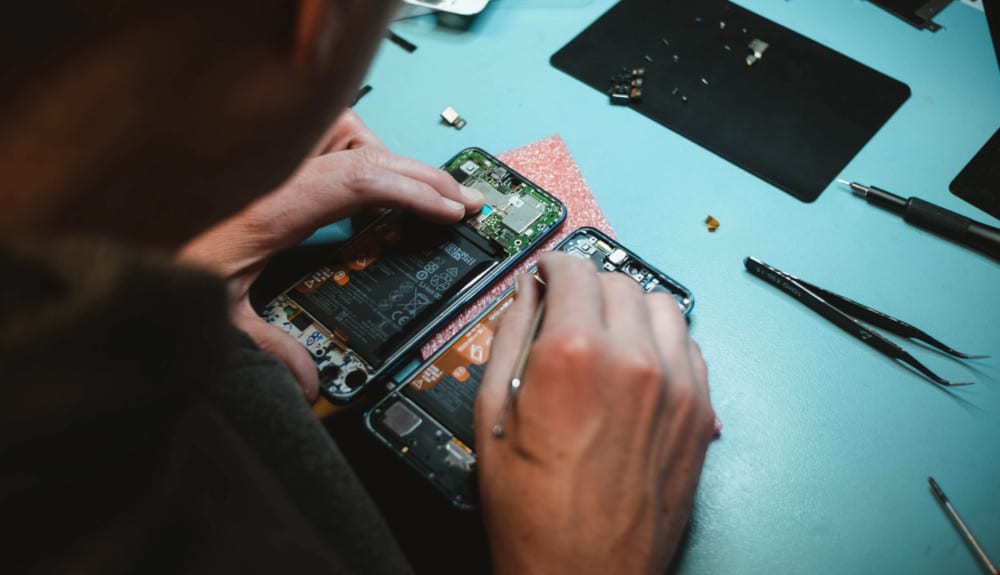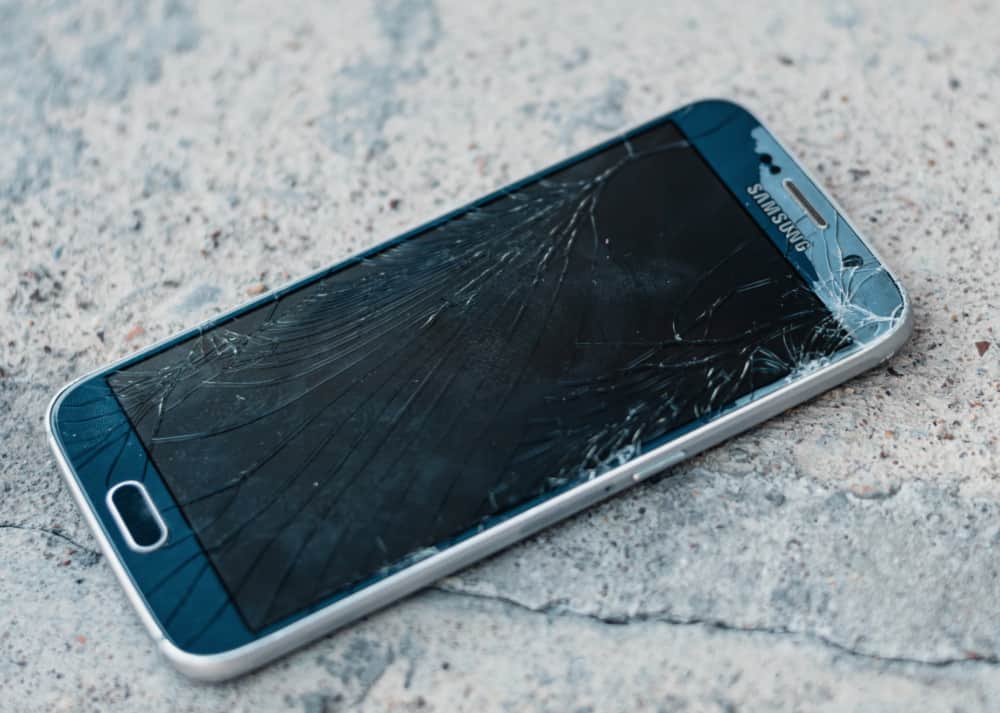If you’ve smashed up your Android phone and it won’t work, or respond to your touch input, what’s the best way to recover the data stored on it?
It happens to everybody. You try and take the best possible care of your phone, but life has other ideas. If you damage your Android phone’s display, get it wet, or break it, rendering the phone unresponsive, how do you go about getting your personal data off that phone?
Most people might give up, writing the phone (and its data off) as a lost cause. But this is not the end; you can get access to the data stored on your phone. You just need to get yourself the right tools.
With the right tools and a PC, you can get everything off a phone – even if the phone is completely broken and won’t switch on.
Data extraction isn’t something most people will ever have to do. But if you have a broken phone, one that you cannot access normally, you don’t really have any choice – not if you want to get your personal data off the phone.
The tool we recommend is Dr. Fone, its a data extraction tool that basically does everything for you.
All you need is the tool itself, you can get it here, and access to a PC. Once you’re connected, extracting data from your phone takes mere moments. I’ll cover how to use Dr. Fone in detail in a bit…
But first, we need to talk about encryption – it’s kind of important!
Is Your Android Phone Encrypted?
Dr. Fone, while our #1 pick, cannot extract data from an encrypted Android phone. This is annoying. But the reason for this is quite simple: it ensures no one can access your data – including you, in this instance. This is why encryption exists; it protects your data from potential access by hackers.
Android is NOT encrypted by default, the user has to enable it in settings, so if you didn’t do this, your phone is NOT encrypted and you can use Dr. Fone without issue.

If you did enable encryption on your Android phone, you will not be able to remotely access the data stored on the phone using a tool like Dr. Fone, FonePaw, or MOBILedit Forensic Express.
Your best option here is to get your Android phone fixed. Fortunately, this is relatively inexpensive. If it’s just the display, you’re looking at around $50 to $60 to get it fixed.
How To Use Dr. Fone To Extract Data From Android Phone
OK, so you’re going to use Wondershare’s Dr. Fone tool to access and extract data from your broken Android phone. The tool itself is designed to be super easy to use, so just follow these steps and you’ll be extracting data before you know it:
- Connect To PC – The first thing you’ll want to do is locate a USB cable and connect your Android phone to your PC.
- Enable USB Debugging Mode – On your Android phone, if possible, enable USB Debugging mode. This is required for ALL non-Samsung Android phones with Dr. Fone.
- Launch Dr. Fone – Launch the Dr. Fone software on your PC and wait for it to boot up and recognize your Android phone; it should be more or less instant.
- Choose The Option You Want – You want to extract data from the Android phone, so you’ll want to select DATA RECOVERY option
- Select File Type To Scan – If you want to extract ALL the data on the Android phone, select SCAN ALL FILES
- Initiate Process – Once you’ve selected what you want to extract, hit the NEXT button to begin the process
- Preview Files – Once the extraction has completed, you can preview the extracted files within Dr. Fone. Check the files downloaded and make sure they’re the ones you wanted.
- Extract To Your PC – Once you have a list of the correct files, you can now extract them to your PC.
What is USB Debugging & Why You Need It
USB debugging is a tool that connects a PC to an Android phone. With USB debugging, you can access data on your Android phone from your PC, manage operations, test out applications (if you’re a developer), and read internal log files. For technical types, it’s super-handy.
You don’t need to worry about most of these things. However, in the context of this post, USB Debugging is essential because it is what allows us to access the data stored on your Android phone on your PC. And in order to do that, you will need to ensure your PC is running the Android SDK – you can download it here.
USB Debugging is ALWAYS disabled on Android phones. This is done so new and inexperienced users do not break anything important. You will need to enable USB Debugging via the Settings app on your phone in order to run a tool like Dr. Fone.
What if you cannot enable USB Debugging Mode because your screen is not working? Well, the good news is that if you have a Samsung phone – a Galaxy S or Galaxy Note – Dr. Fone can extract data without USB Debugging enabled. If you’re using any other type of Android phone, you’re out of luck – the tool will not work.
This means you will have to first replace the broken screen so you can access Settings to enable USB Debugging Mode. Fortunately, Samsung phones account for a large number of active Android phones in circulation, so the chances of you owning a Samsung phone that can be accessed without USB Debugging Mode enabled are pretty high.
Wrapping Up – What You’ll Need & Things To Keep In Mind
We covered quite a bit of ground above. And it does sound a little confusing. But once you break it down into manageable chunks, it’s not that bad. The key things to remember are as follows:
- You will need the Android SDK installed on your PC
- You will need an extraction tool (Dr. Fone)
- You will need to enable USB Debugging Mode
- Your Android phone must not be encrypted
If you’re good to go with all of the above, you can download Dr. Fone and begin your extraction process. I know this article doesn’t solve all issues for all types of users, but it is currently the best way to extract data from an Android phone with a broken display or that won’t turn on.
The potential stumbling blocks – Android encryption, USB Debugging Mode – while frustrating if they stop you from accessing data on your phone are actually there to protect you. Think about it: if they weren’t anyone could just plug your phone into a PC and take whatever data they liked.
That’s not good. And this is why we have these protections in place – they’re there to protect your data from nefarious third-parties like hackers and scammers. For this reason, these types of protection are required. You store A LOT of personal data on your phone, so keeping it safe is of
[lasso id=”128525″ link_id=”10005″ ref=”dr-fone”]


